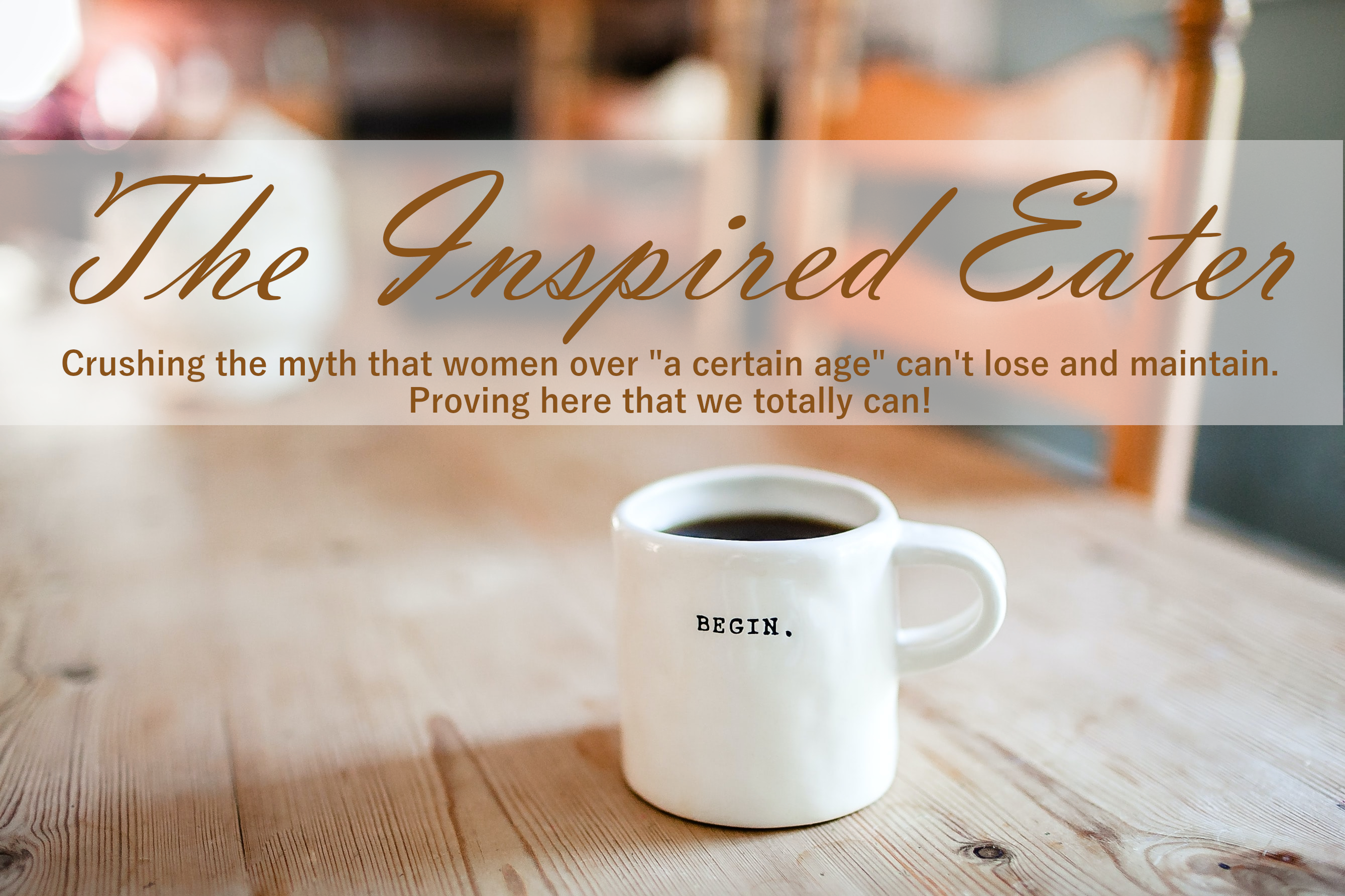Left to run amuk, the cavewoman will empty your retirement account and fly to Hawaii.
Pearl One
For the last 300,000 years, humans (anatomically like us) hunted and gathered. You and I are the children of the survivors; our ancestors were not eaten by a saber-tooth tiger or a cave bear. Our people found the calories and moved on to creating civilization.
So, if — like me — you rely on food a little too much, we come by it honestly.
I call the primitive part of our brain our cavewoman. She’s the reason we default to overeating in the first place. When we were kids the cavewoman was always there for us offering a soothing bag of potato chips with a sour cream dip or a bowl of chocolate chip ice cream.
However along with the cavewoman, we also developed a prefrontal part to our brain. Our prefrontal is all business. If the cavewoman hears the morning alarm clock go off and refuses to get up “because I’m so cozy”; it’s our prefrontal that hauls us out of bed, makes our bed, heads for the coffee and so on.
The prefrontal is the one who puts funds into our Roth account. If left up to the cavewoman she’d blow the money on trips and new cars.
Let me give you another example from my life. I will not get up at 5 in the bleeping morning for any reason. No question, I’m a zombie without sleep.
Oh. Wait.
Except for that time when I woke up super early when the kids were still sleeping, and The Scarfer and I packed the minivan quietly (we didn’t want to wake the neighbors). We put our two little firecrackers into their car seats, and set out for Florida’s Legoland! I was so excited that morning. It had snowed the night before in Virginia and the neighborhoods we drove through getting to the freeway looked like a fairy land.
You see what happened? My “why” changed entirely for that specific morning. And my “why” for staying on the Smart Eating Path has also shifted through the years. Initially I took the weight off because I’d long felt like “the big one” in my family. Everyone else in my family is what you’d call “skinny.”
As an adult my “why” came down to my kids, husband and fur-kids. Today my “why” is wanting to be as healthy and strong as possible for my future family: the grand dogs, grand cats, grandkids and of course their grandfather.
There is so much work involved in losing weight after 50, we need to know our “why” well and connect with it about four or five times a day.
Journal-write about your “why.” Peel back the onion one layer at a time.
Just let your mind go and free-write to these journal prompts:
- Why does it matter to you to get to your goal weight and preserve it for a lifetime?
- Who around you is saying that you need to lose weight?
- If you had food issues as a kid, do you have a sense of when the need to soothe yourself first appeared?
- Grieving food. Could you write a note to your favorite junk-food saying good-bye (for now)?
- Did food help you get through a tough childhood?
- How strong is your “why”? How could you strengthen it?
- How often do you focus on your “why”?
- What does “immersing” yourself in your “why” mean for you? ♥
Pearl Two
We might say casually, “I’m losing a few” or “I’m on a new eating program.”
As you shift onto the Smart Eating Path, treat your new lifestyle like you would a newborn.
Giving up fun-food is like taking a baby-blanket away from a baby. Life is hard, and we found a way to deal with the ups and downs of life.
As you make changes, Go Mr.-Rogers on yourself: be gentle with you. Find new ways to soothe yourself when you’re moving from the over-eater yo-yo dieter to living on the Smart Eating Path isn’t a “pull that crank and push that lever” type of thing.
Losing after 50 takes grit and determination.
Be good to yourself as you go forward: have your favorite smart foods on-hand along with plenty of fresh fruit and veggies and and congratulate yourself often because what you’re doing is black-diamond difficult. Should we lose/preserve our weight today? Or would we rather climb the Matterhorn? ♥
Pearl Three
Sequencing is taken directly from Cognitive Behavioral Therapy (CBT). The purpose of sequences is to help us move from reacting to circumstances to responding. I encourage you to do a sequence a day in your journal. Powerful stuff.
Default Sequence
I’m pretending to be a Thriver who doesn’t like tracking food.
- Situation (something very concrete): I dislike tracking my food intake so I don’t do it.
- Thought: “Tracking food is stupid.”
- Feeling: Angry (towards idea of tracking and anger at self for not tracking).
- Action: I think about tracking now and again, but mainly I think of it as smart eating tool for others, but I don’t want to.
- Result: I don’t track.
New Sequence
- Situation (something very concrete): I dislike tracking my food intake so I don’t do it.
- New Thought: Why is tracking beneficial? I need to research the studies that show trackers lose more weight than the average bear.
- Feeling: Cautious, but curious.
- Action: I find an elegant, spiral-bound notebook along with a great pen. I put these tools by my refrigerator and just let them sit there for a week. On the second week I’ll track my morning food, but that’s it.
- Result: I know cognitively that tracking is “good for me” but I just have a lot of resistance to tracking. I’m working with myself one week at a time. I remind myself: it’s not about tracking “the right way.” Moving very slowly allows your prefrontal to be in charge and your cavewoman ssleep. ♥
Pearl Four
My favorite thing is when I’m immediately pulled into a book and I have a great title for you that did just that. The Rent Collector by Camron Wright is based on a real family living in a large community next to a massive dump. The families are called “pickers” and they pick through the dump trying to find trash that can be recycled, food that’s still good, and stuff for the kids like a beat-up old book. It took me forever to get to this book, but I’m so glad I finally opened it. Don’t let the topic throw you, it’s really good. A Cambodian husband, wife and 16-month-old baby survive a desperately poor life by picking through trash. Doesn’t that sound like a fun read? Even still, I highly recommend the Rent Collector as a phenomenal book-dessert. ♥
Pearl Five
It’s not that the chocolate cake doesn’t call to me, it’s just that my “no thanks” muscle is much stronger.” ♥
♥, Wendy
You know the scoop: I’m an Amazon affiliate. If you buy from a link in my post, I’ll receive money, but the arrangement won’t cost you a dime.
Are you new to the Inspired Eater? Welcome!! This blog won’t make much sense until you first read the Aunt Bea post (and you’ll find Aunt Bea on this page to the right under my short bio). On your cell you’ll see it immediately following the first post. After you enter your email address, the Aunt Bea article will be sent to your email’s inbox. If it’s not there, you might check the spam folder. And always feel free to email me at Wendy@TheInspiredEater.com and I’ll get Aunt Bea right to you!!
I am not an expert, a doctor, a surgeon, a nurse or a nutritionist: the information within TheInspiredEater.com is based solely on my personal experience and is not intended to be used as a substitute for professional medical advice, diagnosis, or treatment. ♥


3 Comments
Hi Wendy, loving your Monday emails. Great way to start the week. Question: When you say to get a spiral notebook to track, are we tracking just the food, the amount, the calories? What are we tracking? I use Lose It, weigh and measure all my food, and when I track it the calories are emphasized. Is there a better way?
Great question. We’re tracking all three in our beside-the-fridge notebook.
I’m a huge believer that writing down our food as we go through the day is paramount and, yes, it’s important that we count calories or WW points. I used to say, “find something to count,” but I’m learning as I go, there are two ways to count: we can count calories or WW points.
Why? Well, let’s say that you’re counting calories and want to keep your eating to 1400 calories a day (I just picked a number, I’m not advocating 1400 cals), if you don’t count what you’re eating, you’ll never know if you went over or under the 1400 cal. You may have accidentally missed your mark, yet you’d never know.
As the years go by, the idea is that you’ll eyeball and immediately know it’s calorie-count just by sight. You’ll be able to say, “A banana has 105 cal., two slices of whole wheat bread is 155 cal, and that griller from Morning Star Farms is 130 cal.
A tracking habit is gift you’re giving to yourself.
I hope you don’t mind me giving a tip for tracking. I track my daily calories on Cronometer (https://cronometer.com/), but I also maintain an “Excel” spreadsheet on my laptop. I have columns for daily calories, my 7-day average and my 14-day average. This makes it easy for me to see a trend of when I’m following my smart-eating plan, or not. Then I can make adjustments as needed.